To provide the best experiences, we use technologies like cookies to store and/or access device information. Consenting to these technologies will allow us to process data such as browsing behaviour or unique IDs on this site. Not consenting or withdrawing consent, may adversely affect certain features and functions.
The technical storage or access is strictly necessary for the legitimate purpose of enabling the use of a specific service explicitly requested by the subscriber or user, or for the sole purpose of carrying out the transmission of a communication over an electronic communications network.
The technical storage or access is necessary for the legitimate purpose of storing preferences that are not requested by the subscriber or user.
The technical storage or access that is used exclusively for statistical purposes.
The technical storage or access that is used exclusively for anonymous statistical purposes. Without a subpoena, voluntary compliance on the part of your Internet Service Provider, or additional records from a third party, information stored or retrieved for this purpose alone cannot usually be used to identify you.
The technical storage or access is required to create user profiles to send advertising, or to track the user on a website or across several websites for similar marketing purposes.
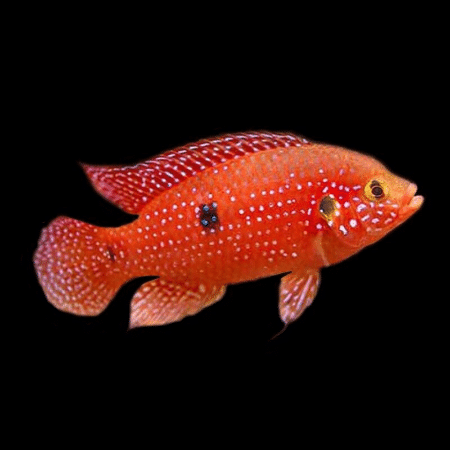


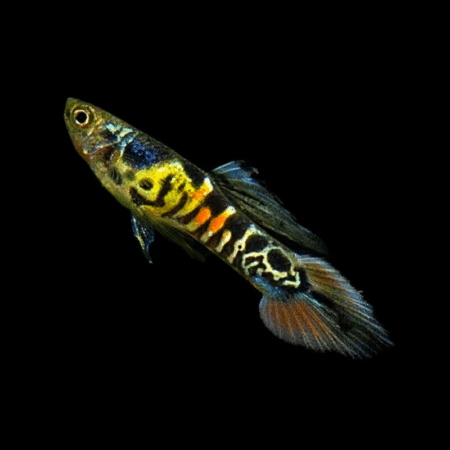
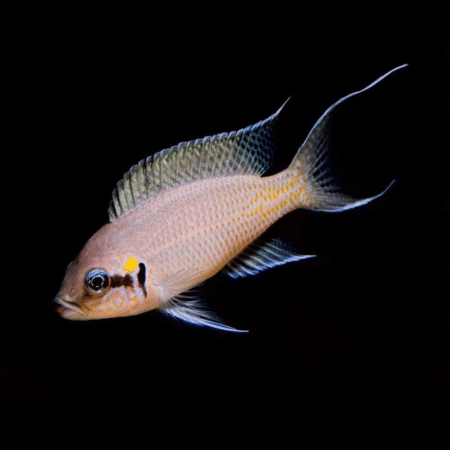


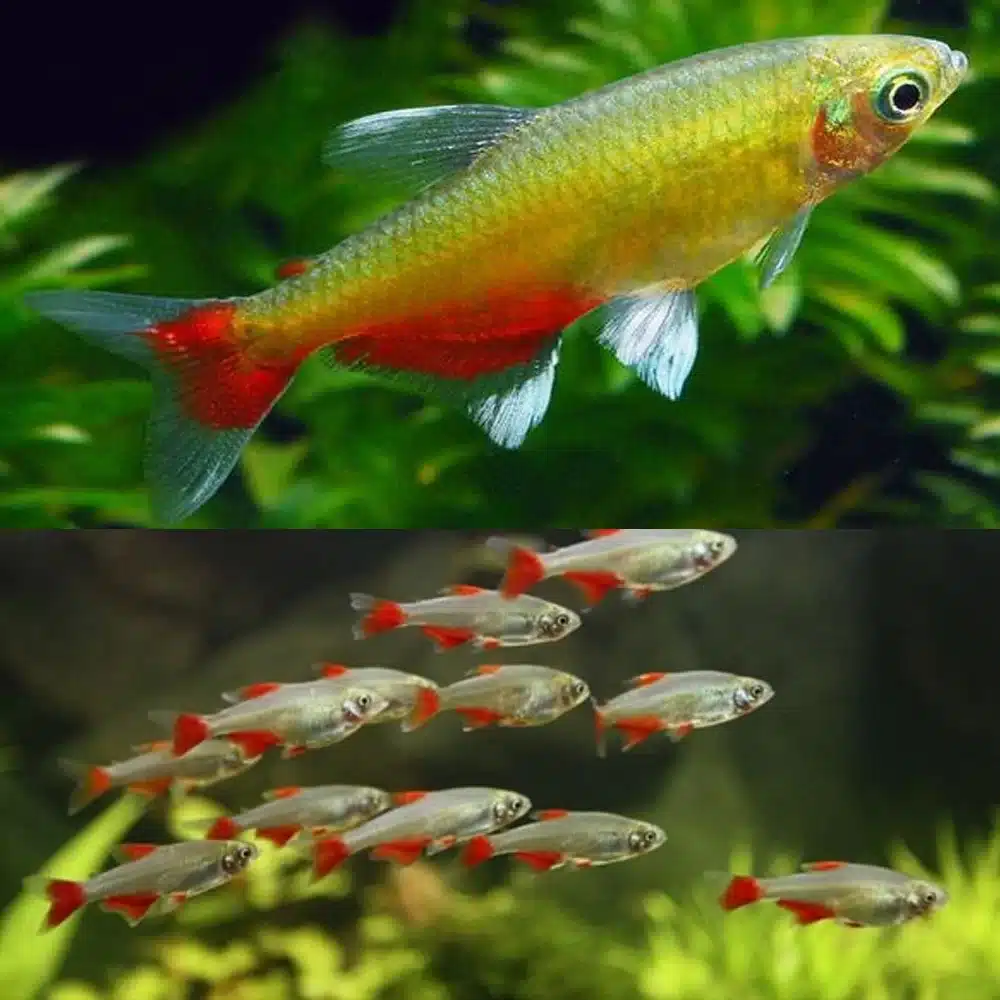
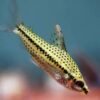
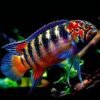









Emily Parker (verified owner) –
I am absolutely thrilled with my purchase of the 6 Penguin Tetras! These delightful little fish have brought so much life and movement to my 20-gallon community aquarium. After just a week, I’ve noticed how their vibrant colors pop against the lush greenery I’ve set up. They swim gracefully in schools, which is a sight to behold and adds a dynamic feel to the tank.
These tetras are not only beautiful but also have a peaceful demeanor, making them a fantastic choice for community settings. I’ve tried other tetra varieties in the past, but the Penguin Tetras stand out due to their lively behavior and adaptability. They seem to thrive in my aquarium conditions and have shown no signs of stress.
A minor concern I had was their initial shyness; it took them a day or two to acclimate, but now they are confidently exploring all corners of the tank. I recommend these fish to anyone looking to enhance their aquarium with active and colorful fish. If you’re a beginner or a seasoned aquarist, these tetras are sure to bring you joy. Plus, they are a great introduction to South American tetra species! My fish are healthy and happy, which is my top priority as an aquarium enthusiast.
Overall, a wonderful purchase—highly recommend!
Jessica Reynolds (verified owner) –
I recently added six Penguin Tetras to my freshwater aquarium, and I couldn’t be more thrilled! These little beauties have brought so much life to my tank. Their vibrant colors are stunning—especially when they swim in schools. After two weeks of watching them interact, I can confirm they are incredibly social creatures. I love how they dart around, showcasing that classic tetra behavior. Compared to my previous experience with Neon Tetras, these guys seem a bit more robust and engage more with one another.
I was a bit concerned about the acclimation process, but they adjusted perfectly to my established tank. The shipping was prompt, and they arrived healthy and lively. A small note for new buyers: ensure your water parameters are optimal as they can be sensitive to changes, but these tetras are well worth it! I highly recommend these for both experienced aquarists and beginners who want to add a splash of color and personality to their aquarium. They truly enhance the aquatic experience and contribute to a thriving community tank. I’d definitely buy them again!